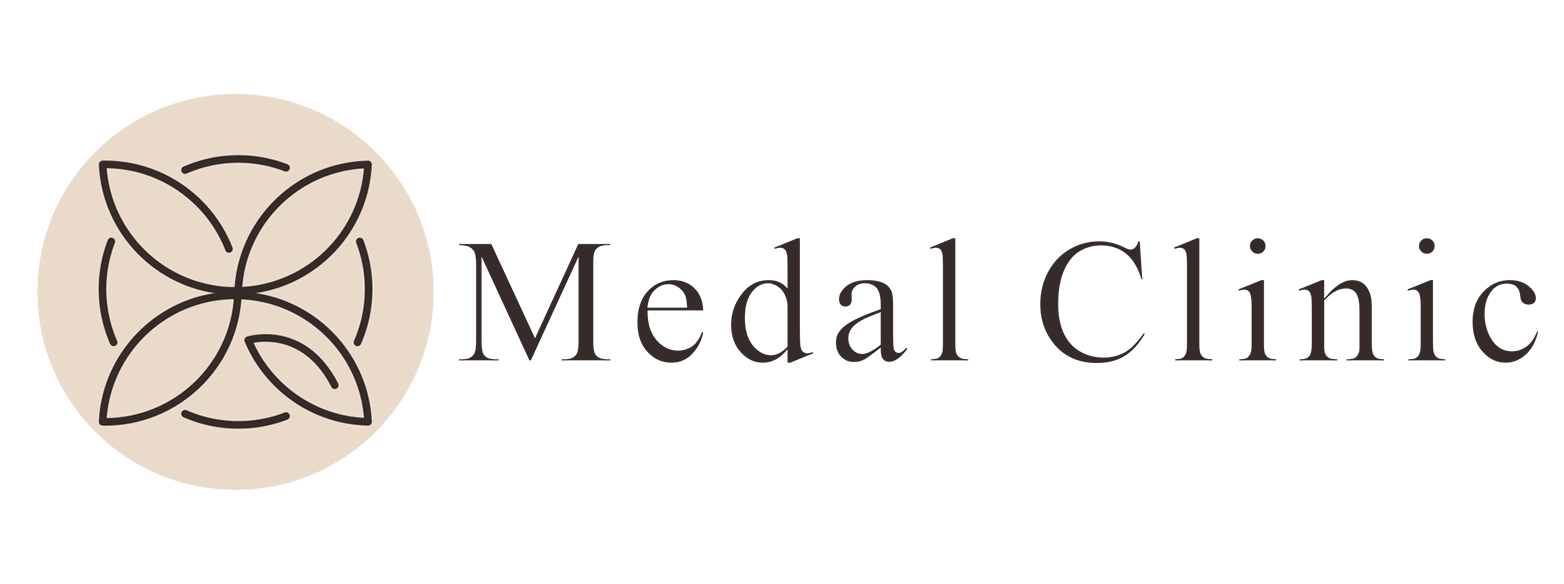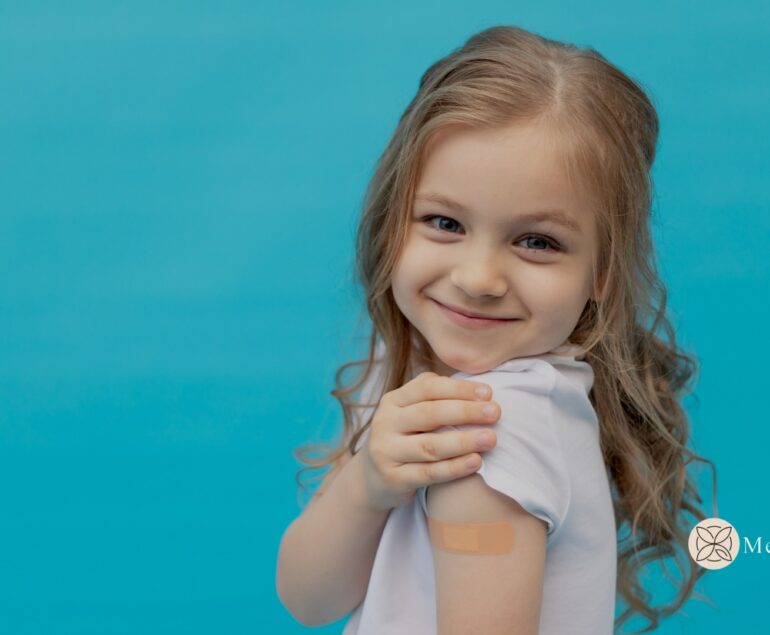A Guide for Families with Autistic Children: Understanding, Support, and Pathways to Growth
Navigating the world of autism can be a challenging yet profoundly rewarding journey for families. When it comes to supporting autistic children and their families, understanding, compassion, and knowledge are vital components. This blog aims to provide a comprehensive guide that will illuminate the path to understanding, supporting, and fostering development for autistic children and their families.
Understanding Autism
Autism, or autism spectrum disorder (ASD), refers to a range of conditions characterized by challenges with social skills, repetitive behaviors, speech, and nonverbal communication, as well as unique strengths and differences. The first step for families and caregivers is to understand that autism is not a one-size-fits-all condition; it’s a spectrum where each child has a unique set of abilities and challenges.
Recognizing the Signs:
Early recognition of autism is crucial. Common signs include difficulty with communication, difficulty with social interactions, obsessive interests, and repetitive behaviors. However, these symptoms can vary significantly from one child to another.
Support for the Child
Creating a Supportive Environment:
A supportive environment is one that respects the child’s unique needs and provides a stable structure and routine. This might include:
- Visual aids: for those who have difficulty understanding verbal instructions.
- Safe spaces: where the child can retreat to when overwhelmed.
- Consistent routines: to help create a predictable environment.
Communication:
Understanding and interacting with an autistic child requires patience and a willingness to learn their communication style. Some children might use words, while others might rely on gestures or alternative communication systems.
Support for the Family
Caring for an autistic child can be demanding and, at times, overwhelming. Families should seek support through:
- Community groups: Connecting with other families facing similar challenges can provide emotional support and practical advice.
- Professional help: Therapists and counselors specialized in ASD can offer strategies and interventions to help the child and family cope and thrive.
Pathways to Development
Every child has the potential to grow and learn. Here are some ways to encourage development:
Educational Interventions:
Various educational approaches are designed to address the specific needs of autistic children. These often emphasize structure, direction, and organization and can include specialized curriculums and one-on-one teaching.
Therapies:
- Behavioral therapies: Help in developing social, communication, and learning skills.
- Speech therapy: Assists with language and communication.
- Occupational therapy: Focuses on improving daily living skills.
Embracing the Journey
Remember, the journey with autism is a marathon, not a sprint. Celebrate small victories, and know that progress might be slow but is immensely rewarding. Understanding your child’s world will not only help them grow but will also enrich your perspective.
In conclusion, supporting an autistic child involves a balance of love, understanding, and practical strategies. By embracing their unique view of the world, families can embark on a journey of growth and discovery. Remember, you’re not alone; there’s a community and resources out there to support you every step of the way. Let’s walk this path together, learning and growing with every challenge and triumph.
FAQ's
What are the early signs of autism, and when should I seek a professional evaluation for my child?
Early signs of autism can include lack of eye contact, delayed speech, limited interest in people or play, repetitive behaviors, and resistance to change in routine. If you notice these signs or if your child is not meeting developmental milestones, it’s important to seek an evaluation from a healthcare professional specialized in developmental disorders. Early intervention can significantly impact the child’s development and quality of life.
My child is nonverbal or has limited speech. What are some effective ways to communicate with them?
For nonverbal or minimally verbal children, consider alternative communication methods such as sign language, picture exchange communication systems (PECS), or assistive technology. It’s also important to pay attention to your child’s nonverbal cues and body language. Creating a patient, attentive, and supportive environment will encourage communication and understanding over time.
We're feeling overwhelmed. What types of support are available for families like ours?
Many types of support are available, including:
- Community support groups: Connect with other families who can share their experiences and advice.
- Professional support: Therapists, counselors, and social workers can provide guidance and strategies specific to your child’s needs.
- Educational programs and interventions: Specialized programs can assist in developing your child’s social, communication, and learning skills.
- Respite care: Temporary care services can give you a necessary break to rest and recharge.
My child struggles with social interactions. How can I help them develop better social skills?
Social skills development can be encouraged through:
- Structured social skills training: Programs specifically designed to teach social norms and behaviors.
- Play therapy: Guided play with peers and adults to practice social interaction in a controlled environment.
- Modeling and role-playing: Demonstrating and practicing social interactions in a safe setting.
- Encouraging interests: Engaging in activities your child is interested in can naturally lead to social opportunities with like-minded peers.
Remember, each child is unique, and what works for one may not work for another. It’s important to be patient, keep trying different strategies, and seek professional guidance tailored to your child’s needs.




